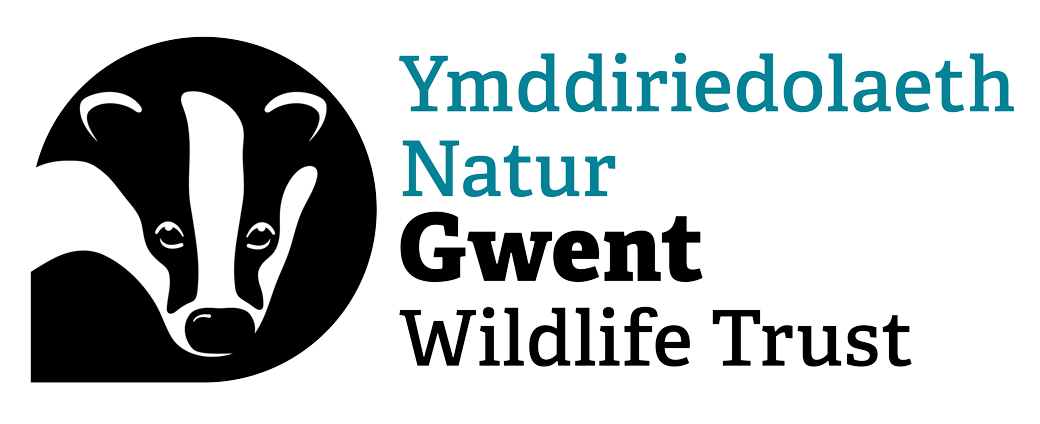Gwent Wildlife Trust is continuing to support the community thanks to National Lottery funding
Our Wild Health project in Gwent is helping the community to adapt, recover and thrive, thanks to National Lottery players, by offering recreational, social and work based outdoor opportunities…
